Honouring Strengths, Supporting Authenticity
Neurodiversity is not something to be “fixed”—it is something to be understood, accepted, and supported. Whether you’re navigating life as a neurodivergent child, youth, or adult, or you’re a family member of someone who is, counselling can provide a powerful space for growth, connection, and self-understanding. At Warman Physiotherapy & Wellness, our therapist Shireen Abedi offers counselling for neurodiverse individuals and their families in both our Warman and Evergreen (Saskatoon) clinic locations.
What Is Neurodiversity?

Neurodiversity refers to the natural variation in how brains work. It includes conditions like autism, ADHD, dyslexia, and others. Each neurodivergent individual has unique strengths, needs, and ways of experiencing the world. Counselling for neurodiverse individuals is not about changing who they are—it’s about honouring their individuality and supporting them in leading fulfilling lives that reflect their values, preferences, and potential.
How Counselling Supports Neurodiverse Individuals
When working with a counsellor who understands neurodiversity, therapy becomes a space of empowerment and acceptance. Counselling can help neurodiverse children, teens, and adults in the following ways:
1. Emotional Support
Navigating a world that often misunderstands or underestimates neurodivergent individuals can be challenging. Therapy offers a safe space to explore emotions, manage stress, and work through anxiety, depression, or low self-esteem.
2. Improved Self-Understanding
By learning how their brain works and how neurodivergent traits shape their experiences, individuals can better understand themselves, build confidence, and develop a stronger sense of identity.
3. Coping Tools for Daily Life
Counselling provides practical strategies to help with:
-
Emotional regulation
-
Sensory sensitivities
-
Executive functioning (like organization and time management)
-
Adjusting to change and routine
4. Support with Social Skills and Communication
If desired, therapy can help individuals navigate social situations in ways that feel safe and authentic. This could mean building self-advocacy skills, developing clearer communication, or simply finding ways to feel more confident in relationships.
5. Promoting Self-Acceptance
Perhaps most importantly, counselling fosters a sense of self-compassion. It supports individuals in challenging internalized stigma, building a narrative of empowerment rather than limitation.
How Counselling Helps Families of Neurodivergent Individuals
Raising or living with a neurodivergent loved one can be both deeply rewarding and at times, complex. Counselling for neurodiverse individuals also includes support for families, helping parents, siblings, and caregivers better understand and navigate the unique needs of their family member.
Here’s how counselling can help families thrive:
1. Education and Perspective
Understanding the brain-based differences behind behaviours can transform frustration into empathy. Therapy helps families learn what neurodiversity really means and how to adapt support in ways that make a difference.
2. Enhanced Communication
Families often benefit from tools to improve everyday interactions. Counselling can help identify communication strategies that honour each member’s style and needs—reducing conflict and building connection.
3. Emotional Support for Parents and Caregivers
Caring for a neurodivergent family member can be emotionally taxing. Counselling provides a non-judgmental space for family members to process their own emotions, reduce burnout, and gain support.
4. Problem-Solving for Everyday Challenges
From school advocacy to supporting meltdowns, therapy offers practical coping strategies that help reduce overwhelm and promote a more peaceful home life.
5. Encouraging Independence and Advocacy

With support, families can learn to empower their loved one to express needs, make decisions, and build independence—all while feeling heard and supported.
Why Choose Warman Physio for Counselling?
At Warman Physiotherapy & Wellness, we understand that no two individuals—or families—are alike. That’s why we’re proud to offer neurodiversity-affirming counselling services with Shireen Abedi, a Registered Counselling Psychologist who works with children, youth, and adults at both our Warman and Evergreen (Saskatoon) locations. Shireen’s approach is rooted in compassion, collaboration, and the belief that every person deserves to be seen, heard, and supported in their own unique journey.
Book an Appointment Today
If you or a loved one could benefit from counselling for neurodiverse individuals, we invite you to connect with us. Whether you’re seeking individual therapy or family counselling, we’re here to help you explore your strengths, navigate challenges, and move forward with confidence.
Appointments are available in both Warman and Saskatoon (Evergreen). Reach out to Warman Physiotherapy & Wellness today to learn more!


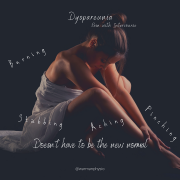
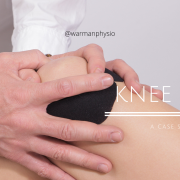
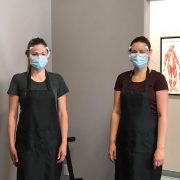
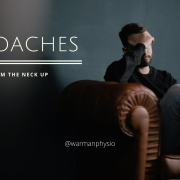

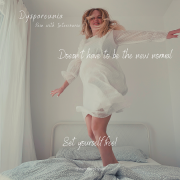
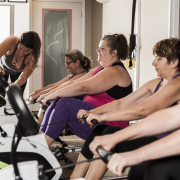
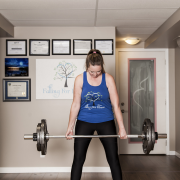
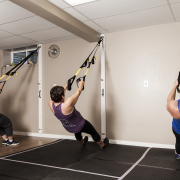
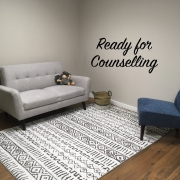
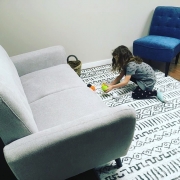
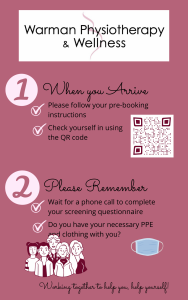
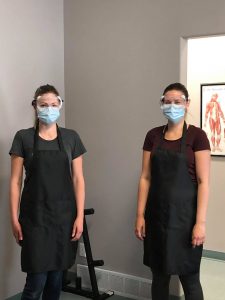
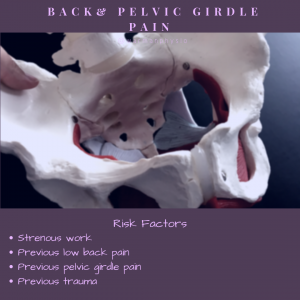 We wouldn’t tell someone who has just started running that has developed knee pain that “this is just part of becoming a runner – it will go away when you stop
We wouldn’t tell someone who has just started running that has developed knee pain that “this is just part of becoming a runner – it will go away when you stop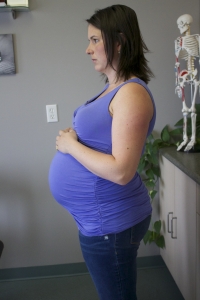

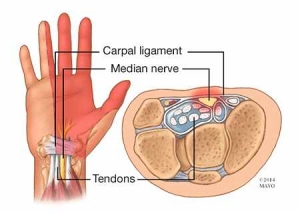
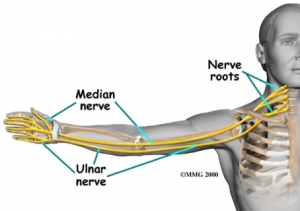 To have a true Carpal Tunnel Syndrome, the issue is specifically coming from the wrist – the tunnel in which one of the nerves (the median nerve – see above) of the arm goes through and into the hand. More often than not, there will be other contributing factors to wrist and hand pain!
To have a true Carpal Tunnel Syndrome, the issue is specifically coming from the wrist – the tunnel in which one of the nerves (the median nerve – see above) of the arm goes through and into the hand. More often than not, there will be other contributing factors to wrist and hand pain!
